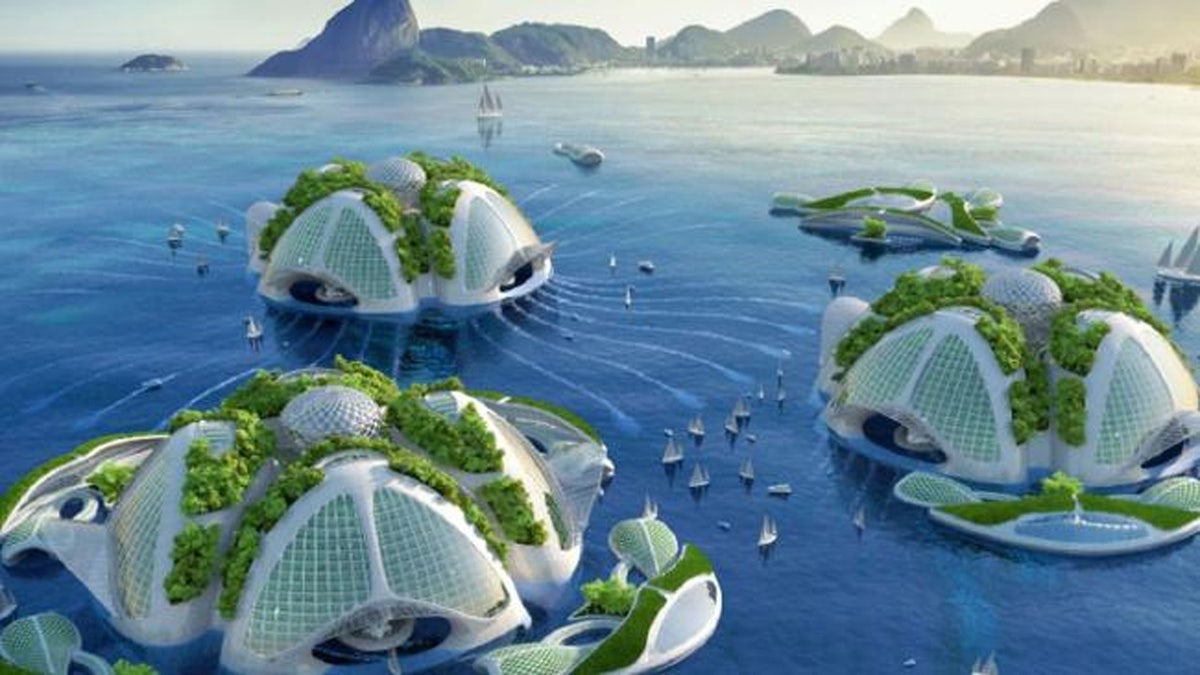
Belgian architect Vincent Callebaut has come up with ambitious plans to build futuristic ocean skyscrapers.
A Belgian architect has a plan to take the plastic floating in the sea and transform it into a futuristic skyscraper city nearly a mile below the water's surface.
Vincent Callebaut's concept for Aequora calls for a complex with 1,000 towers and 250 floors that would house 20,000 people --all made from 3D-printed plastic waste . It draws its name from a type of bioluminescent jellyfish called aequorea victoria.
Each complex would house apartments, hotels, sports fields and science labs. A series of domed buildings would provide access to the underwater environment.
Planned to be situated off the coast of Rio de Janeiro, renderings show its jellyfish-like geometry that would allow it to remain unaffected by high currents, storms, earthquakes and other natural water movements. The outer layer would be thicker to compensate for the strain caused by the increase in pressure of the water, said Callebaut.
Completely self-sufficient, water for the complex would be desalinated for drinking and instead of fossil fuels, renewable energy sources would be used. Microalgae would recycle organic waste and light from the surface would reach living quarters using bioluminescence. And to breathe underwater, people would use gill masks, according to Callebaut.
Living under the sea isn't a new concept. A wave of underwater hotels like the Atlantis The Palm in Dubai are popping up and plans are under weigh to develop an underwater hotel called Planet Ocean Underwater.
But Callebaut is trying to harness the riches of the sea into sustainable living. His Aequora concept in the part of a larger series of conceptual projects that includes a transport system powered by seaweed and plant-covered farmscrapers.
See below for more images of Aequora.
(images courtesy of Vincent Callebaut)
